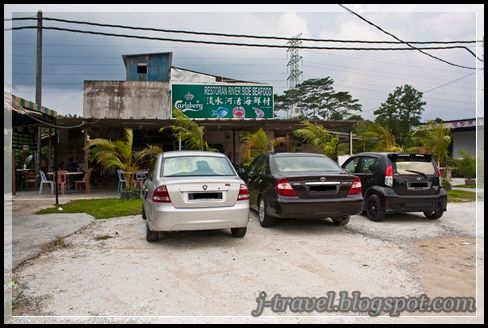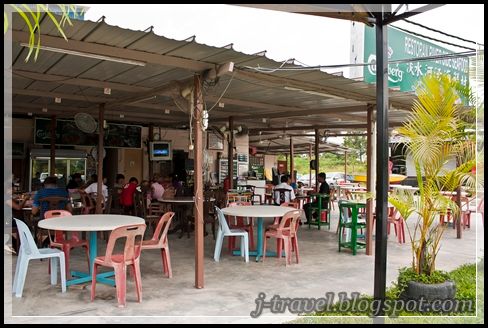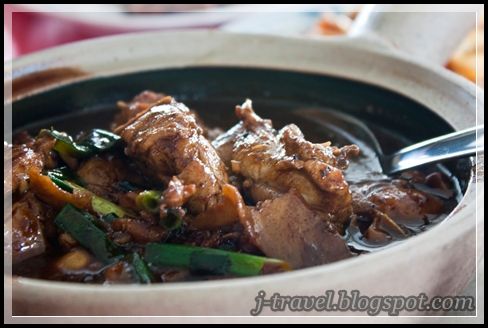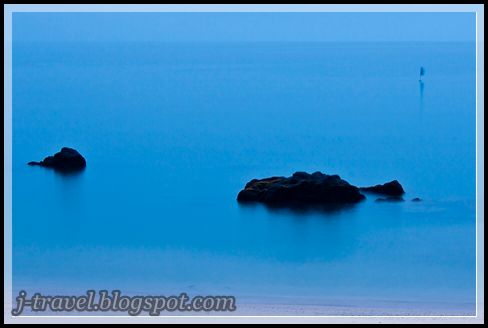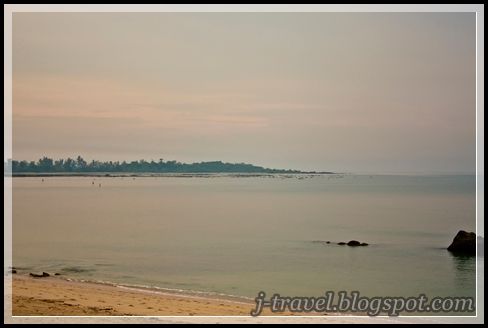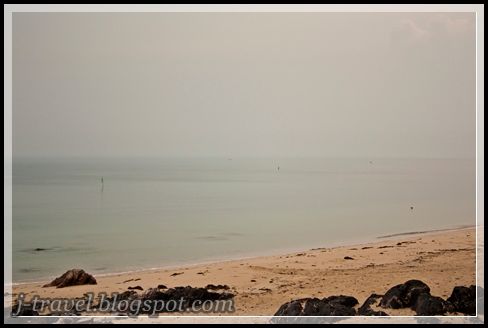I was curious about this restaurant because of the Garden setting, so we decided to visit it on one of the Saturday evening for dinner.
We were really impressed by the restaurant environment! It's located in the middle of the well maintained garden! Every corners are well decorated. Beautiful!
The Bangkok Village Thai Restaurant dining area
The other side of the dining area, the Ikan Bakar stall at the back
Me and my daughter walked the area before the foods serve...the surrounding was really nice and clean. On the right of the restaurant, there was a shop selling some decorative items and water features for gardening.
And I like this row of small huts, but it seems like too dark to have our dinner between it...
Nice decoration with water feature
Our order :-
1) Assam Steam Fish
2) Mango Salad
3) Butter Prawn
4) Bean Sprout with salted fish
5) OmeletteAssam Steam Fish
Mango Salad
Butter Prawn
Bean Sprout with salted fish
The foods were average. The Assam Steam Fish had a weird taste! We have been tasted many Assam Fish and this was really weird! The Mango Salad, Bean Sprout, Omelette and the Butter Prawn were average, I felt the prawn serve was a bit dark (as you can see from the photo). Overall, the food presentations were poor. Maybe we were unlucky! :)
The advantage of this restaurant was the beautiful garden environment!
The Damage : MYR119.70 included a jug of watermelon juice for 4 adults and 1 child. A bit pricey for the mediocre foods. But the ambience is worth trying if you haven't visit the Bangkok Village Thai Restaurant.
Location map of Bangkok Village Restaurant at Taman Desa Tebrau, Johor Bahru.


























